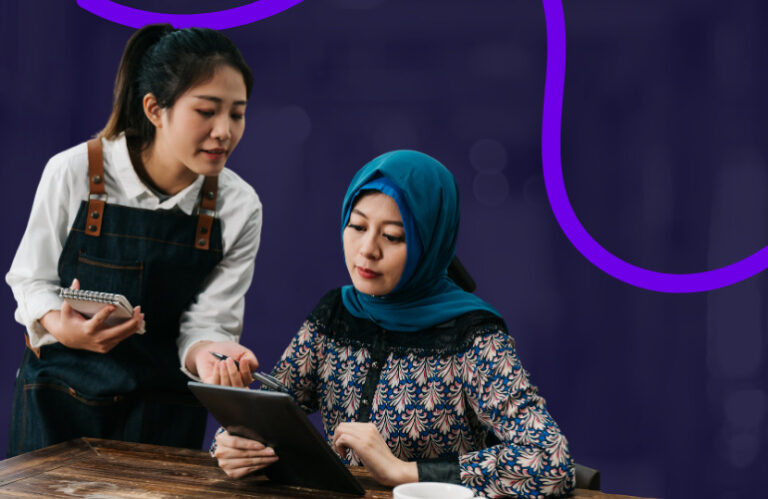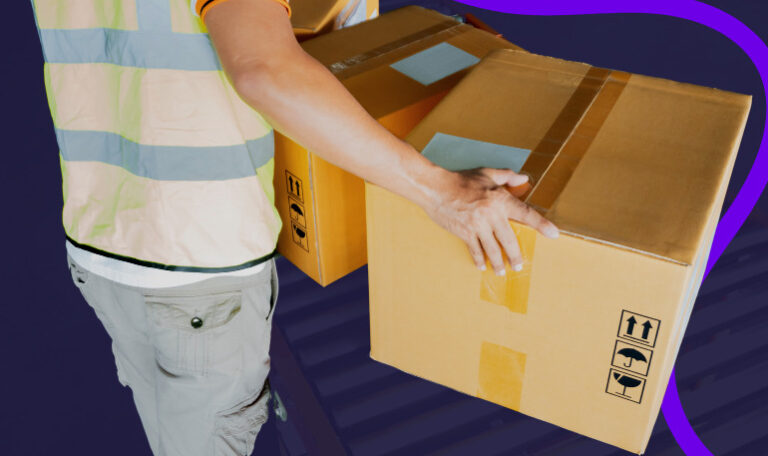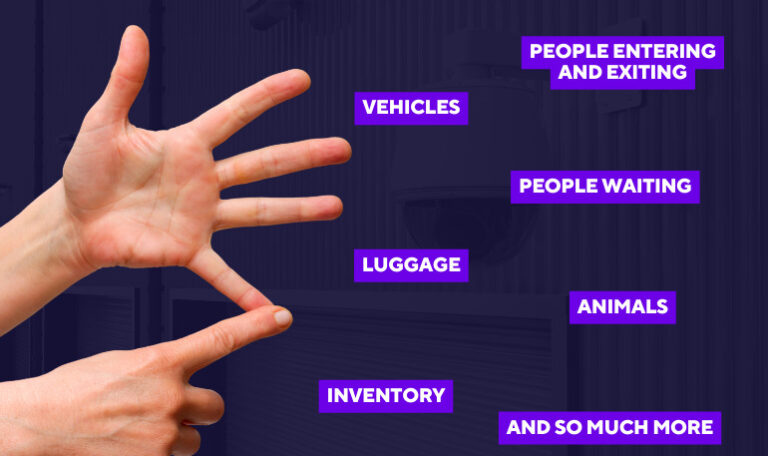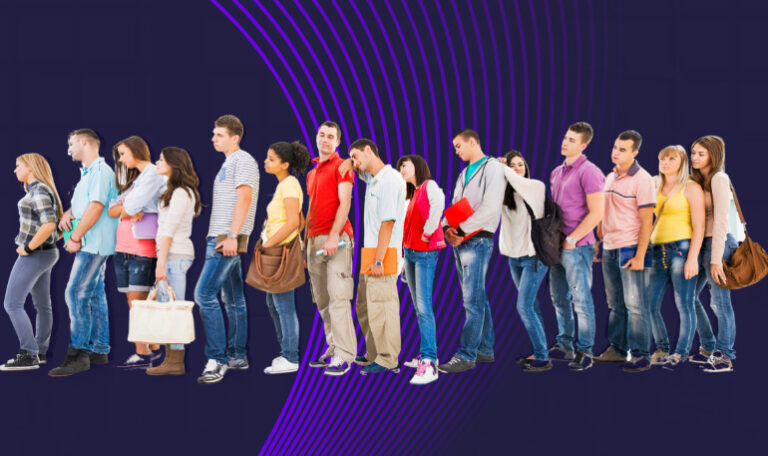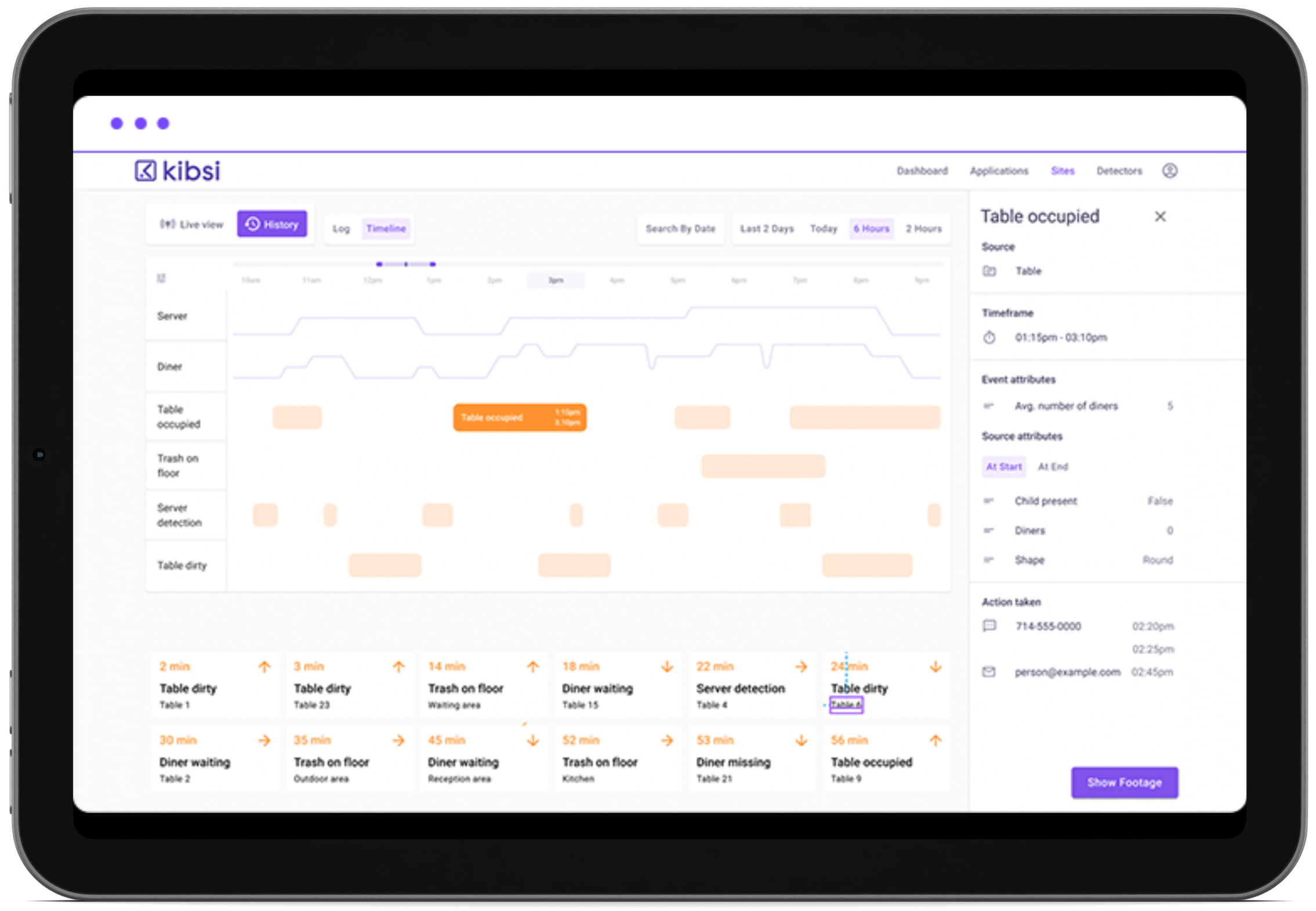We’ve all been there: waiting for what feels like an eternity for a server to come to take our order or bring us our check. Not only can this be frustrating for a customer but it can have follow on impact to upsells, table turnover, and more. It’s no wonder that restaurant interaction time is so important – it directly affects the customer’s experience and the restaurant’s profitability.
The potential value for improving that interaction time is substantial! After all, 78% of millennials say they would rather spend money on an experience, such as a restaurant…compared to purchasing an item from a store, according to Eventbrite research.
Enter computer vision. Computer vision is a technology that allows computers to “see” and understand the visual world. You’ve probably seen or experienced it in high-tech security applications like the face ID on your iPhone, but it also delivers incredible opportunities for the industry. One example is computer vision being used to help restaurants understand and improve the interaction time between staff and customers.
In the past, restaurants relied on servers and intuition to keep track of guest interactions, such as how frequently a server visited a table or how long a customer spent talking to the host. But with computer vision, restaurants can now use cameras to track and analyze those interactions in real time. This information could then be used to optimize staffing and improve the guest experience.
At Kibsi, we’ve created a no-code computer vision platform that uses existing security cameras. While our technology can be applied in any industry, it’s pretty popular with restaurants because it can track staff and customers in real time, providing restaurants with valuable insights on how to improve their operations.
For example, Kibsi’s AI algorithms could identify a customer in need of assistance by the way they are looking around the restaurant. Or, it could watch for “lights” on tablets, guests leaving (or joining) a table, empty plates, and so much more. Whether the goal is to gain more data for reporting and analysis or to generate real-time alerts to staff, the opportunities are limitless.
Ultimately, this allows restaurants to be more proactive in their service rather than waiting for a customer to flag down a server. This can lead to a more efficient and pleasant experience for the customer and can help the restaurant turn tables more quickly.
Speaking of tables and waiting times, Kibsi can also help restaurants identify bottlenecks in their operations. For example, if a restaurant knew that customers were consistently waiting a long time to be seated, they could use that information to optimize their seating arrangements or add more staff during peak hours.
The benefits of using computer vision for interaction time are compelling. With 95% of restaurateurs agreeing that restaurant technology improves their business efficiency – computer vision could be the easy answer to get started. In short, restaurant interaction time is a critical factor that can greatly affect a restaurant’s bottom line. By using computer vision (with Kibsi, of course!), restaurants can gain valuable insights and take proactive steps to improve their interactions, reduce wait times, and increase revenue.
If you’re interested in using computer vision to understand and enhance interaction time at your restaurant or any of a hundred other ways, drop us a note. We’d love to talk turkey (or coffee, or whatever) with you.


